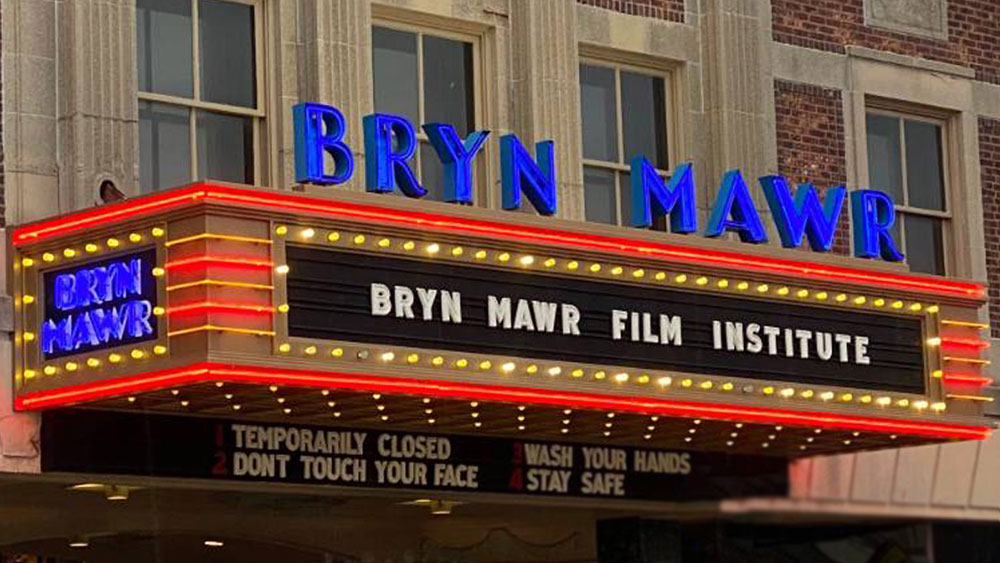![]()
May 27, 2015;PBS NewsHour
Museums, like other types of cultural institutions, are actively working to grow their audiences and to engage arts-minded consumers in new ways. Consider the renovated Cooper Hewitt, Smithsonian Design Museum in New York City, which aims to immerse visitors in the design process by providing a high-tech gadget with each admission that allows people to digitally collect and save objects from the galleries, as previously reported in NPQ. Or consider “Inside Out,” a new initiative of the Philadelphia Museum of Art, which places high-quality replicas of museum masterpieces in communities in and around the city, then invites residents from those areas to visit the museum for free on a designated weekend.
In both instances, these innovative approaches to audience development and engagement are likely to attract new visitors, many of whom will end their visits in the museum gift shop, where they’ll purchase a mug, a poster or a decorative object to remind them of a favorite museum piece.
But at the Walker Art Center—a nonprofit, multidisciplinary operation in Minneapolis with eleven exhibition galleries, a cinema and a theater—what’s going on in the gift shop may well be the main attraction. This spring, the Walker introduced a pop-up digital shop that allows its visitors—in person or online—to purchase conceptual art and experiences, in the process challenging assumptions about what it means to “own” art and, as the Walker’s website explains, “exploring ideas of commerce, value and the new transactional logics.” The project is called “Intangibles,” and the items offered range in price from $1.99 to $12,000—proceeds of which are split between the Walker’s shop (which of course also sells “tangibles”) and the individual artists. In every instance, there is at least a passing connection made between the artist and the consumer who purchases the “intangible”—which might be “an impossible object or a dance in the woods, a high concept film experience to a humble PDF.”
PBS reporter Jeffrey Brown recently opted for “a performance intervention for two people” who are strangers (audience and performer)” by BodyCartography Project; you can see a video of his experience below.
Sign up for our free newsletters
Subscribe to NPQ's newsletters to have our top stories delivered directly to your inbox.
By signing up, you agree to our privacy policy and terms of use, and to receive messages from NPQ and our partners.
As noted on the Walker’s website, the organization “is a catalyst for the creative expression of artists and the active engagement of audiences.” The Intangibles project is clearly consistent with that mission. In a March article in The New York Times, Melena Ryzik said the experiment “upends the logic of a regular shop” and noted that, “The Walker sees ‘Intangibles’ as blurring the boundaries between art, shopping and media.” The article notes that “Intangibles” was created by Michele Tobin, retail director of the Walker’s gift shop, and Emmet Byrne, the museum’s design director, and that a lot of energy has been invested in how the art offerings are represented online.
In some ways, what is happening at the Walker is not all that new. Nonprofit arts organizations have for years been selling “experiential art”—for example, at fundraising auctions, where bidders can win one-of-a-kind opportunities to interact with artists or perhaps even make a cameo appearance in a performance. Through crowdfunding platforms like Kickstarter and Indiegogo, artists sometimes reward donors with thank-you gifts like house concerts. And sites like Etsy facilitate “peer-to-peer” e-commerce and allow consumers to order handmade items directly from artists, fostering the type of personal connection that appears to be at the heart of Intangibles.
But here’s what’s different about the project, and notable: First, it comes with a stamp of approval from the Walker, a leading contemporary art institution; and second, it challenges both artists and consumers to develop and curate conceptual art experiences together through exchanges that are meant to leave a lasting impression, even if there’s nothing concrete to back up a sales receipt from that visit to the gift shop.
“A shop that peddles evanescence” is how the Times headline described “Intangibles.” Based on the number of items that already have sold out, the experiment appears to be working.—Eileen Cunniffe












